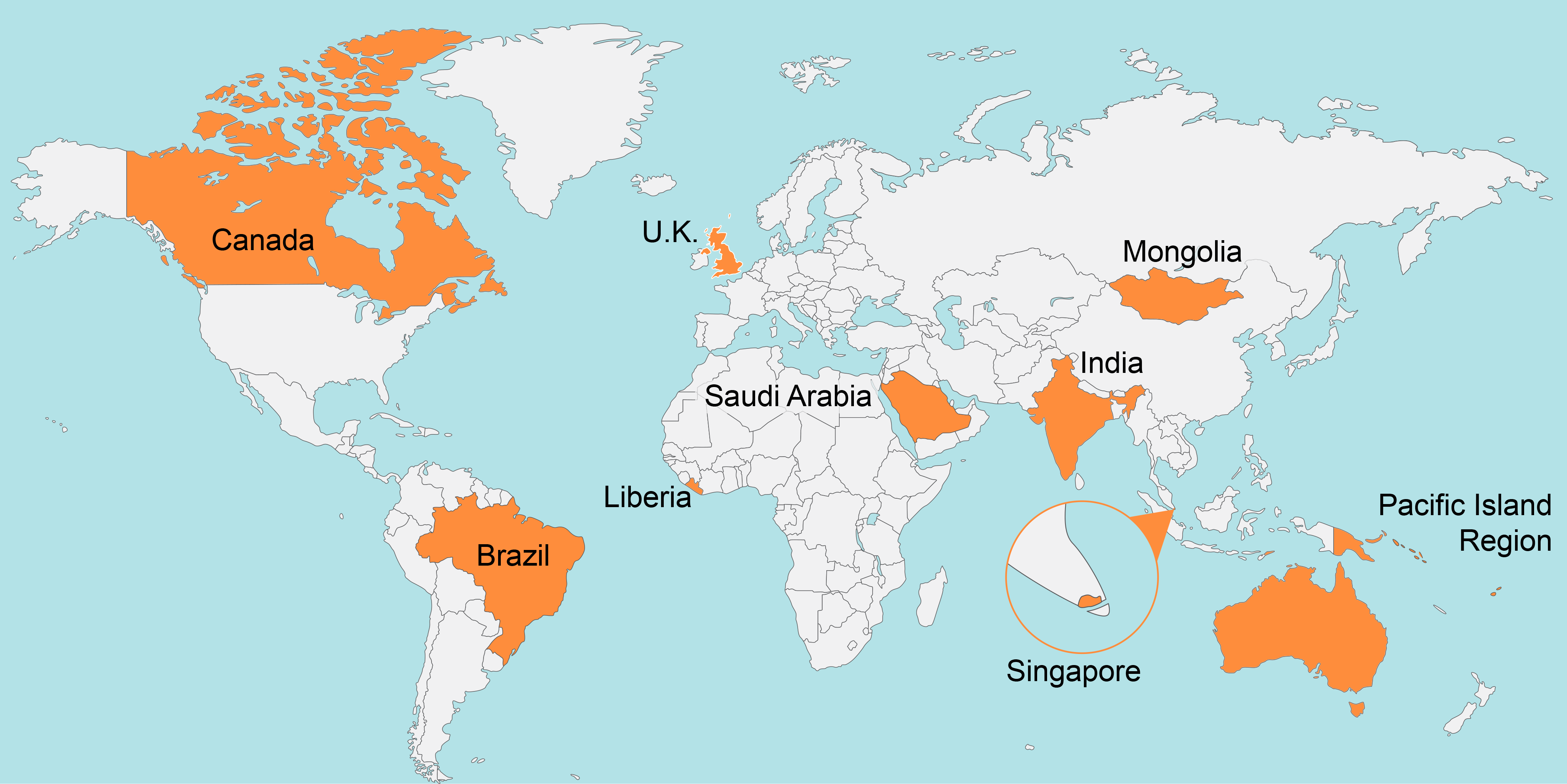APPENDIX 4
Looking Abroad: How Other Nations Approach a National Climate Assessment
Introduction
<strong>Weingartner</strong>, K., D.R. Reidmiller, and A. Dave, 2018: Looking Abroad: How Other Nations Approach a National Climate Assessment. In <em>Impacts, Risks, and Adaptation in the United States: Fourth National Climate Assessment, Volume II</em> [Reidmiller, D.R., C.W. Avery, D.R. Easterling, K.E. Kunkel, K.L.M. Lewis, T.K. Maycock, and B.C. Stewart (eds.)]. U.S. Global Change Research Program, Washington, DC, USA, pp. 1431–1443. doi: <a href='http://doi.org/10.7930/NCA4.2018.AP4'>10.7930/NCA4.2018.AP4</a>
The U.S. National Climate Assessment (NCA) is far from the only national assessment of climate impacts, risks, and adaptation in the world. There are a number of assessment products from other countries, each with its own distinct development process, structure, and intended purpose. This appendix is intended to place the Fourth National Climate Assessment (NCA4) within a broader international landscape of assessment activities and to compare it with other approaches.
The approach taken in this appendix has been to select a small set of assessment models from geographically varied nations with diverse capacities to conduct such assessments. Information on the assessment mandates and requirements, process, content structure, and international dimensions are included for each assessment. Because this appendix is intended to be illustrative rather than comprehensive, it does not summarize every report produced internationally—including, for example, the most recent climate assessment produced by the European Union.1
This appendix, one of several new additions to the NCA, was made in response to gaps identified in previous NCAs, as well as public input during the NCA4 scoping process—namely, to integrate the international context across NCA4 and, specifically, to include how NCA4 relates to complementary international assessment efforts. Therefore, in addition to this appendix, NCA4 includes a new national-level topic chapter focusing on U.S. international interests (see Ch. 16: International). The Hawaiʻi & U.S.-Affiliated Pacific Islands and (new) U.S. Caribbean regional chapters are intended to provide an entry point for Small Island Developing States (SIDS) to consider similarities in the risks they face and inform adaptation efforts within their own borders. Moreover, numerous case studies embedded throughout the report examine transboundary and international trade and economic issues.
Figure A4.1: Selected National Climate Assessments

Table A4.1: Summary of Assessment Models by Country
| Nation(s) | Assessment Model | Number of Assessments to Date |
|---|---|---|
| Brazil | Not mandated by law, developed by a scientific panel established by ministerial ordinance, and modeled after IPCC assessment reports. | 1 (2013) |
| Canada | Not mandated by law, developed by federal government departments. | 6 (1998, 2008 [2], 2014, 2016, 2017) |
| India | Not mandated by law, developed by domestic research institutions established by ministerial ordinance. | 1 (2010) |
| Liberia | Not mandated by law, developed with U.S. support to fill knowledge gaps resulting from intra-national conflict. | 1 (2013) |
| Mongolia | Not mandated by law, developed by ministerial climate change office. | 2 (2009, 2014) |
| Pacific Islands | Not mandated by law, developed as a collaborative regional-scale assessment between Australian agencies and Pacific countries. | 1 (2011) |
| Saudi Arabia | Not mandated by law, voluntarily developed by national government as part of UNFCCC reporting requirements. | 3 (2005, 2011, 2016) |
| Singapore | Not mandated by law, commissioned by government, and developed by a mixed team of national and international partners. | 1 (2015) |
| United Kingdom | Mandated by law, developed by a statutory independent committee. | 2 (2012, 2017) |